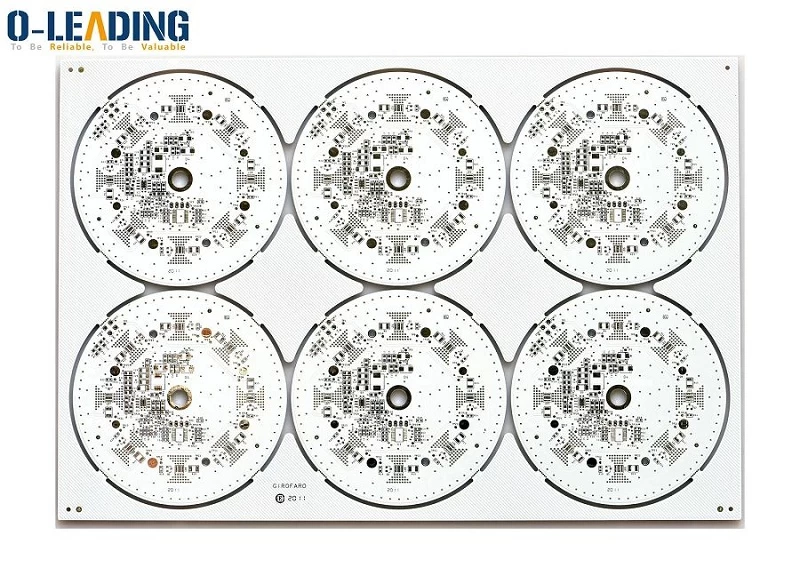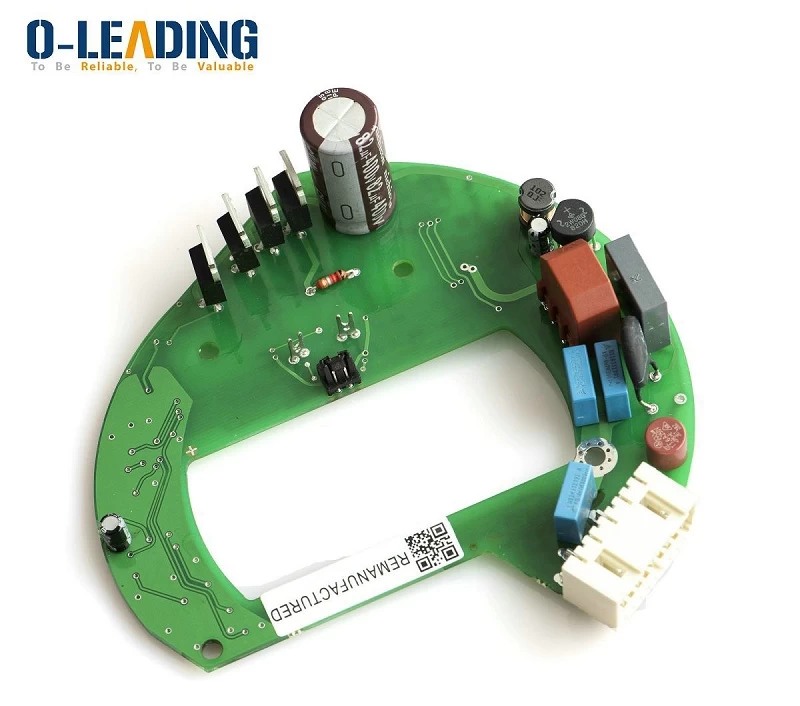Current status and development trend of PCB industry
The printed circuit board is a bridge that carries electronic components and connects circuits. It is widely used in communications electronics, consumer electronics, computers, automotive electronics, industrial control, medical equipment, national defense and aerospace. It is an indispensable part of modern electronic information products. The lack of electronic components and the development level of the printed circuit board industry can reflect to a certain extent the development speed and technical level of a country or region's electronic information industry.
In the current environment of accelerated evolution of cloud technology, 5G network construction, big data, artificial intelligence, sharing economy, industry 4.0, Internet of Things, etc., the PCB industry as the "mother of electronic products" will become a link in the entire electronics industry chain. Basic strength.
According to Prismark statistics, the total output value of the global PCB industry in 2019 is estimated to be US$61.3 billion, a year-on-year decrease of 1.7%. Prismark predicts that the global PCB market will maintain moderate growth in the next five years, and artificial intelligence, 5G, Internet of Things, Industry 4.0, cloud servers, and storage devices will become the new directions driving PCB demand growth. Among them, China, as the largest producer of the global PCB industry, accounted for 53.8% of the total output value of the global PCB industry in 2019.

Hot sale high volume LED light PCB for the Automotive board pcb manufacturer
Characteristics of the circuit board industry
①Periodic characteristics
In the past, the PCB industry was greatly affected by the demand for computers and consumer electronics, but as the downstream distribution became more and more extensive, the product coverage became wider, and the printed circuit board was less affected by a single industry, and the industry fluctuation risk was reduced. The printed circuit board industry is mainly affected by fluctuations in macroeconomic cycles.
②Seasonal characteristics
The production and sales of printed circuit boards are less affected by the seasons, and the seasonal characteristics of the industry are not obvious. However, due to factors such as the holiday consumption of downstream electronic terminal products and the pre-stocking of downstream customers in response to the peak consumption season, under normal circumstances, the production and sales scale of PCB manufacturers in the second half of the year is higher than in the first half.
③Regional characteristics
The PCB industry as a whole presents certain regional characteristics. Globally, the emerging markets represented by China have strong demand for various types of printed circuit board products. The output value of the PCB industry is mainly distributed in mainland China and Taiwan, Japan, South Korea and other countries or regions.
As far as our country is concerned, due to the relatively high level of economic development in the coastal areas of East China and South China, and the relatively developed electronic information industry, these two areas are areas where printed circuit board manufacturing is concentrated in high-end products and high value-added products.

O-leading fast delivery Double Side Pcb Board Assembly Pcba Smt Service
Industry development trends of major products
(1) Communication and electronics industry
The downstream communication electronics market of PCB mainly includes product categories such as mobile phones, base stations, routers and switches. The development of 5G promotes the rapid development of the communication electronics industry. According to Prismark's estimation, the output value of electronic products in the PCB downstream communication electronics market will reach US$575 billion in 2019. From 2019 to 2023, it will grow at a compound annual growth rate of 4.2%, becoming the most Fast downstream areas of PCB products. In 2023, the output value of PCB in the global communications and electronics field will reach 26.6 billion US dollars, accounting for 34% of the total output value of the global PCB industry.
(2) Consumer electronics industry
In recent years, AR (augmented reality), VR (virtual reality), tablet computers, and wearable devices have frequently become hot spots in the consumer electronics industry, superimposing the general trend of global consumption upgrades. Consumers have gradually moved from the past material consumption to service-oriented and quality consumption. . At present, the consumer electronics industry is brewing a new blue ocean represented by AI, IoT, and smart homes. Innovative consumer electronics products are emerging one after another, and will penetrate all aspects of consumer life.
(3) Automotive electronics industry
As the global automotive industry enters the era of automation from electronicization, the output value of automotive circuit boards continues to rise, and many circuit board companies are rushing to invest in technology to grab the market. Although the product certification takes a long time and the entry barrier is high due to personal safety, once the certification is passed, it will give the company stable revenue growth momentum.
From the perspective of regional markets, China's market performance is better than other regions, and the compound growth rate of China's PCB industry output value will still be better than other regions in the next few years.
With the rapid development of 5G, big data, cloud computing, artificial intelligence, Internet of Things and other industries, as well as industrial support and cost advantages, the market share of China's PCB industry will continue to increase. From the perspective of product structure, the growth rate of high-end products represented by multilayer boards and IC packaging substrates will be significantly better than that of ordinary single-layer boards, double-sided boards and other conventional products.
































